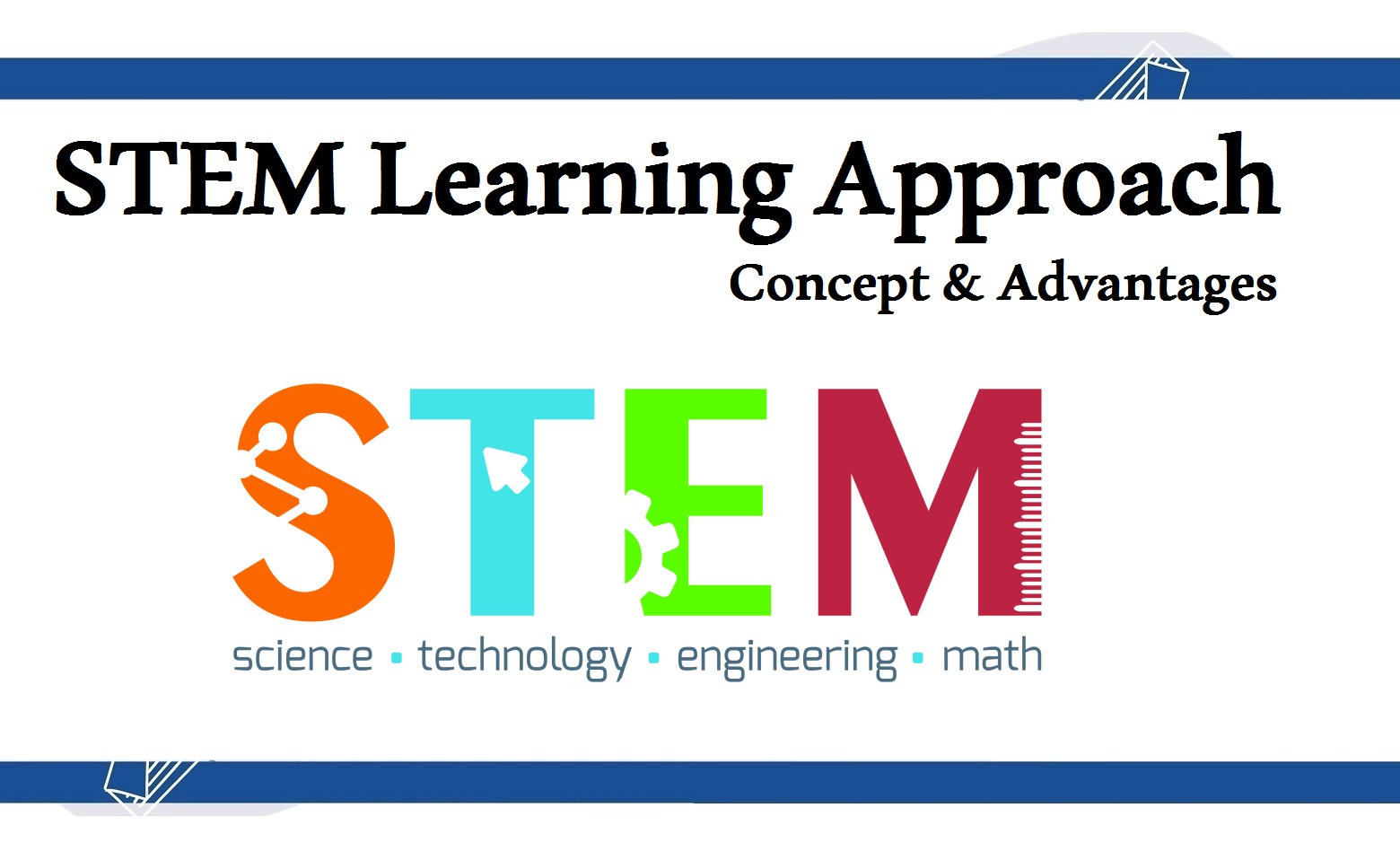
STEM Learning Approach: Concept and Advantages
- Post by: Wasla Zainab Awan
- June 14, 2021
- Comments off
Education has been transcended to the fictitious mind of an average human being as a social responsibility to strive in the dynamically moving world. Over the years, the world has witnessed numerous revolutions in the teaching methods with certain advancements in the teaching techniques.
The approaches adapted in the recent times have changed the outlook of basic education and now people are more considerate about their choices of progressive learning and long-term careers.
Highlighting some of the advanced approaches ruling the education sector, STEM is one of the commonly adopted approaches in the world. Majorly focusing on a vivid combinations of science and technology, STEM stands for science, technology, engineering and mathematics and all four of these combined form the core of this approach.
The STEM approach is designed in a way that it inherits a curriculum based on the ideology of teaching students the following four disciplines in an inter-disciplinary and applied approach.
It focuses on developing a cohesive learning paradigm instead of teaching the four fields as separate and discrete subjects.
As over the span of time, the known educational institutions have picked the STEM approach as a mandatory element in their curriculum and there is a reason behind that.
STEM comes within a lot of advantages which many of you may not aware of. Let us have an overview to some of the impressive advantages related to STEM.
- Basis of future innovation: It develops the sense of exploration in students in early ages which then becomes their basis of progressing in science and technology.
- Problem-solving skills: Students growing in the fields of STEM are confident and bold. They do not fear basic day-to-day challenges. A good deal of problem solving skills is inherited to them as they design their own solutions to some of the real world practical issues.
- Develop research skills: In comparison with other approaches, STEM involves students in research and detailed inquiry before they opt any risks. Calculative risks and authenticity in the learning is their core objective which helps them in their daily life as well.
- Social-Emotional learning (SEL): Social-emotional abilities bring about happiness and success in life. STEM education encourages children to improve their SEL skills before becoming active members of society. Aside from personal development, including SEL strategies in teaching empower students to learn more academically.
- Develop cognitive skills: Cognitive skills are the brain-based skills that enhance thinking, reading and learning. STEM students can learn the basics of coding and engineering in primary schools. This approach helps kids’ cognitive development. For instance, they can solve problems more quickly than their peers.
With this being said, STEM has tremendously progresses and brought major innovations which have helped the world to grow and we are hopeful to see more of its wonders in the times ahead.
